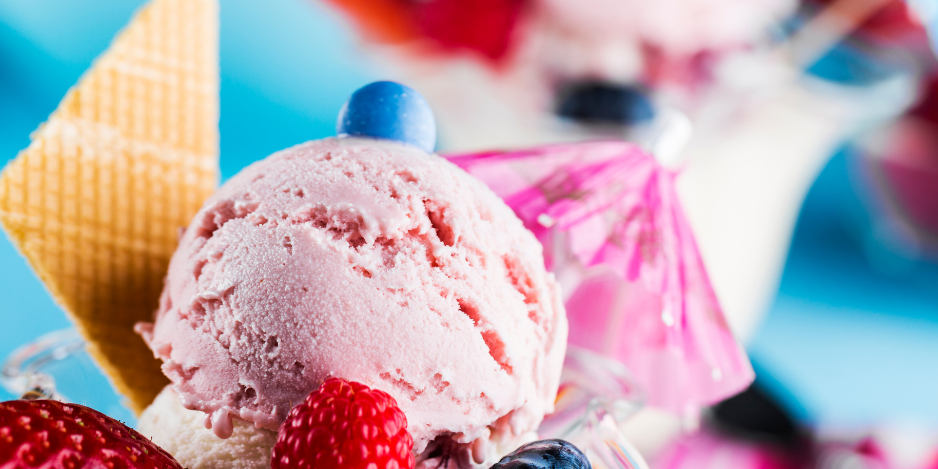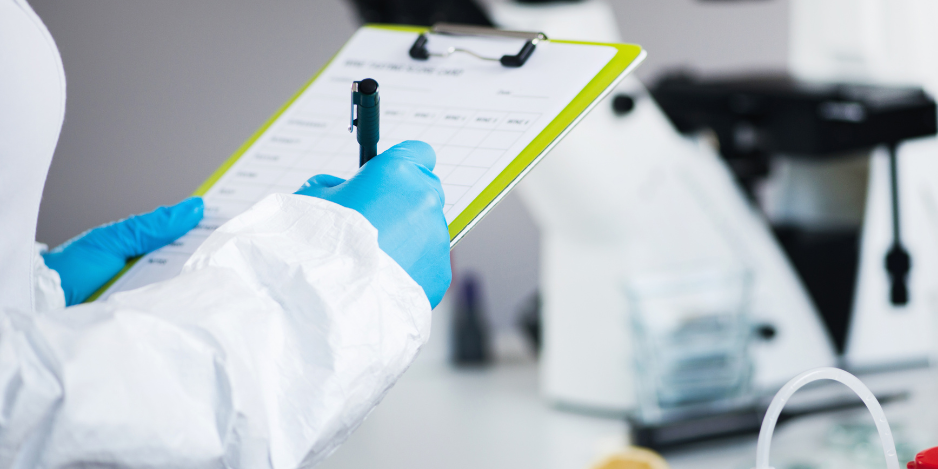Ensuring food safety of ice cream through laboratory tests
Opening an ice-cream parlour is an interesting and profitable business, as consumers of this delicious dessert are not limited to a certain market segment. Adults and children alike love this dessert whose peak consumption is in the summer months.
When starting their business, owners of ice cream production units should remember one very important aspect, such as ice cream analysis. Controlling the steps in the technological process to determine and mitigate contaminants, as well as systematically testing the ingredients and the finished product will ensure the level of quality that consumers want in ice cream and guarantee the success of your business.
How many types of ice cream have you tasted?

It said that ice cream have been created by the Chinese 2,000 years ago as rice cooked thoroughly in milk and flavours and put in snow to freeze. It was brought to Europe by MarcoPolo in Italy as a orbet made from ice and fruit. It was a dessert only for the rich because of the difficulties of preserving ice in summer. At the wedding of Catherine de Medici to Henri II of France, guests were served over 30 varieties of the new dessert, a kind of sweet cream ice cream with lots of fruit.
The variety of types of ice cream is great and is due to the ingredients used, or rather the proportions used, and the "technology" of preparation. The ones we are most familiar with come from Italian gelaterias.
GELATO has a dense texture and strong flavours. The egg content is lower than in classic gelato to keep the flavour of the ingredients as pure as possible. The milk content is higher than the cream, which means that it incorporates less air when whipped.
SORBET contains two ingredients: fruit juice and sugar. The creaminess of the product is determined by the amount of sugar used.
SEMIFREDO is part ice cream, part mousse and has a velvety consistency. The ingredients are aerated and frozen until they become a compact block that can be cut with a knife.
ITALIAN ICE, contains the ingredients of sorbet, but the amount of sugar is less, which when frozen, gives the product a texture with more ice crystals. If dairy products are added to the mix, it is called cream ice. This type of dessert is very popular in America.
DONDURMA or Turkish ice cream is also called show ice cream because of the presentation of the merchants who make a real show of serving it, through various tricks with the cone and ice cream. The special elastic and sticky taste and texture are given by an ingredient called salep, a powder of orchid root and mastic, a resin from the mastic tree. Thanks to these, the ice cream becomes very elastic and allows stretching over tens of centimetres.
KULFI is Indian ice cream is denser and creamier than the ice cream known to the general public. The basic ingredients, milk, sugar and spices, are boiled for a few hours until they reach the texture of syrup, then it is poured into moulds. The traditional spices are rose, mango, cardamom, saffron and pistachio.
I TIM PAD, or rolled ice cream, comes to us from Thailand and is an ice cream made on the spot. It's made by mixing milk, cream and sugar, as well as other flavouring ingredients, and spreading the mixture on an extremely cold metal surface at -30°C (-22°F). The mixture freezes instantly and is then scraped, with a spatula, into rolls and scooped into cups.
SOFT ICE CREAM is ice cream produced in street ice cream machines. It is a cold cream that melts quickly and has a light texture given by the amount of air incorporated from the ice cream machine. It is made from skimmed milk, mixed with sugar and flavourings and rarely includes eggs.
Liquid nitrogen ice cream (liquid nitrogen) uses a classic ice cream base (cream and milk), which in liquid form is mixed with nitrogen and freezes quickly. Rapid freezing does not allow ice crystals to form and so the resulting ice cream is much creamier.
A safe product is a tested product

Laboratory testing is essential for food safety
High temperatures and ice cream ingredients, including milk and eggs, are factors that favour the growth of micro-organisms and thus the contamination of products, posing a threat to consumer health. Food contaminated with microbes is one of the most common causes of food poisoning. Its contamination can be influenced by raw materials, manufacturing technology, production hygiene and storage and transport conditions. Regular testing in a specialised and accredited laboratory ensures a safe product on the market. In the case of a negative test result, corrective actions must be implemented to eliminate the existing hazard.
What tests should be performed?
- Microbiological testing: Salmonella, Listeria monocytogenes, Enterobacteriaceae
- Sanitation tests for equipment, surfaces and hands
- Analysis of packaging contact materials.
Where can I do the ice cream tests?
Accredited laboratory for the ice cream tests
- Veronica Dumitru
- +4 0728 293 555
- food@wessling.ro

„Tests for ice cream can be carried out at the WESSLING Romania laboratory in Bucharest, which is prepared to detect microbiological contamination of food. Please contact us for details.“